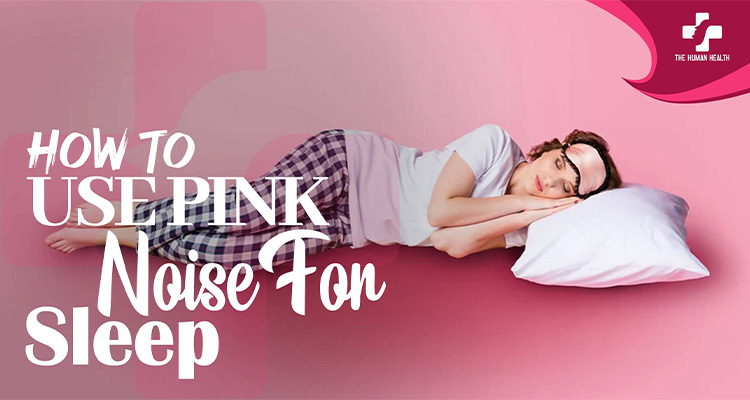How to Use Pink Noise for Sleep
Introduction
Can’t fall asleep no matter how tired you feel? I’ve been there—lying in bed, staring at the ceiling, counting sheep and still wide awake. That’s when I stumbled across something called pink noise, and honestly, it changed everything.
You’ve probably heard of white noise, maybe even brown noise—but pink noise? It’s the sweet spot in the middle. It’s softer, more natural, and for many people (myself included), it’s the best noise to sleep to.
In this guide, I’ll show you exactly how to use pink noise for sleep, including what it is, why it works, and how it compares to other color noise options. Whether you’re using a pink noise machine, an app, or just curious if pink noise is good for sleep, you’re in the right place. Let’s get into it—and hopefully, get you sleeping better tonight.
What Is Pink Noise for Sleep, Really?
So, what is pink noise for sleep? It’s a soft sound that helps your brain relax. It’s like a mix of calm rain, wind in the trees, or waves on a beach. Not too sharp. Not too deep. Just right.
If you’ve heard white noise, you know it sounds like a loud fan or TV static. Pink noise is smoother. It has less high-pitched hiss. It feels more like nature. That’s why many people find pink noise for sleep more soothing.
Then there’s brown noise. That one is deeper. Think thunder or the rumble of a train. Some people love it. But pink noise often feels gentler, especially at night.
These sounds are part of a group called color noise. Each one has its own vibe. But for many, pink noise sound is the best way to drift off. Want to find the best fit for you? Let’s look at pink vs white noise next and see how they compare.
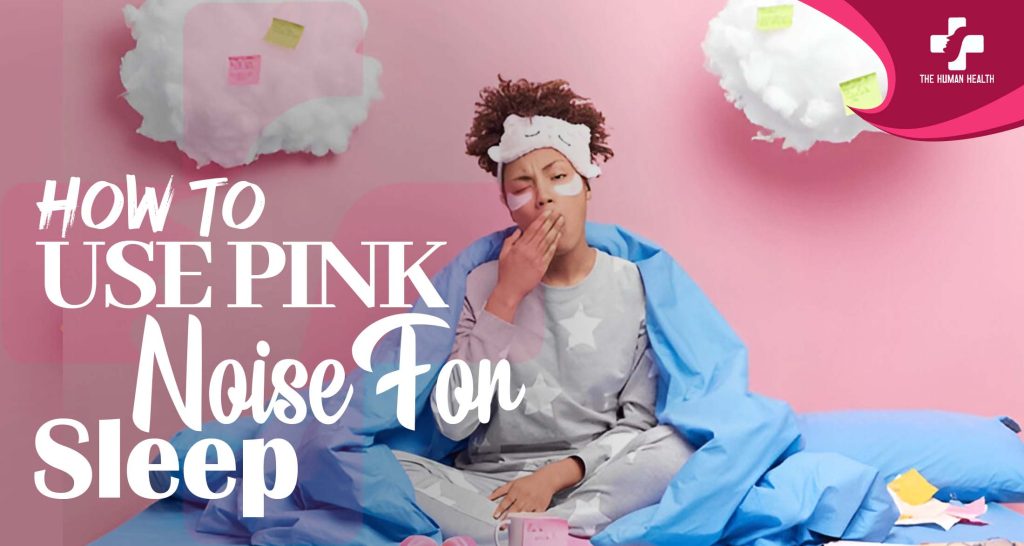
Pink vs White Noise: What’s the Difference?
Wondering how pink noise stacks up against white noise? Let’s keep it simple.
Both are types of color noise for sleep, but they sound different and feel different too. Here’s a quick breakdown:
| Sound Type | What It Sounds Like | How It Feels |
| White Noise | A loud fan or static | Sharp and bright |
| Pink Noise | Rain or waves | Soft and smooth |
| Brown Noise | Thunder or deep wind | Low and deep |
White noise is louder in the high-pitched range. It’s like turning on a big fan or hearing TV static. Some people find it helpful, but others think it’s too harsh.
Pink noise is softer. It cuts back on the high sounds and feels more like nature. Think of rain, a breeze, or soft ocean waves. It’s easier on the ears, which makes it a great pink noise sound to fall asleep to.
Brown noise is deeper, like distant thunder or the hum of a train. It works well if you want a heavy, low sound at night.
You might hear all three called white pink brown noise. They’re all good in their own way. But if you’re looking for the best noise to sleep to, pink noise is a great place to start.
Is Pink Noise Good for Sleep? Here’s What Science Says
Let’s face it—falling asleep isn’t always easy. You lie there, tired but wide awake. Your mind won’t stop racing. I’ve been there too.
That’s when I found pink noise for sleep. And guess what? It works. But don’t just take my word for it—science backs it up.
One study showed that people who slept with pink noise got deeper sleep. They woke up less and felt more rested. Another study found that it helped people improve their memory while they slept. Wild, right?
So, is pink noise good for sleep? Yes. It helps your brain slow down. It makes it easier to relax and drift off.
It’s also safe. If you’re asking, “Is it healthy to sleep with pink noise?”—the answer is yes for most people. It’s just soft sound. No side effects. No stress.
You can try it with an app, a pink noise machine for sleep, or even a free video. There are lots of pink noise for sleep options out there. Still unsure? Try it for a few nights. See how it feels. It might be the best noise to sleep to for you too.
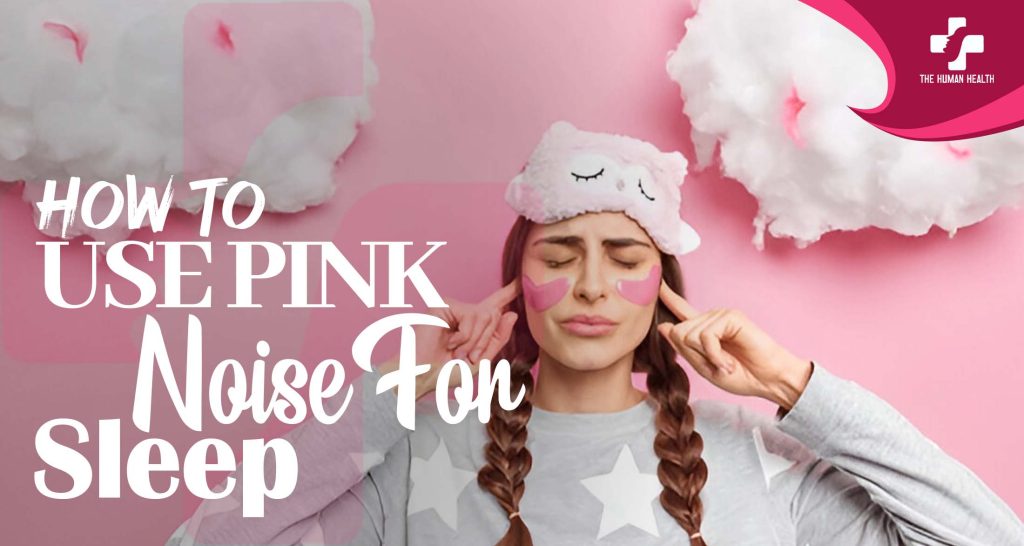
How to Use Pink Noise for Sleep (Step-by-Step)
Ready to try pink noise for sleep? Let’s break it down.
When I first tried it, I kept things simple. I grabbed my phone, found a free pink noise video on YouTube, and hit play. No fancy equipment. Just soothing sound filling the room. And for the first time in a while, I fell asleep fast.
🎧 Step 1: Pick Where to Play It
You’ve got options. Here’s how to do it:
- Phone speakers are great for a quick test.
- Headphones work if you don’t want to wake anyone up.
- Pink noise machines for sleep are a solid choice if you want something made just for this.
Smart speakers like Alexa or Google Home can play pink noise too. Just say, “Play pink noise,” and you’re all set.
🕰️ Step 2: Choose When to Start
Some folks start playing it 30 minutes before bed to get ready for sleep. I usually turn it on right when I get into bed, to let my brain know it’s time to relax.
Pick what feels best for you. There’s no right or wrong way to do it.
⏱️ Step 3: Decide How Long to Let It Play
Wondering if you can play pink noise all night? Yes, you can.
Many apps and machines loop it for hours without cutting off. But if you prefer, you can set it for 30–60 minutes. That’s long enough for most people to fall asleep.
I play it all night on low volume. It helps me sleep better by blocking out noise from outside or my neighbors’ late-night chats.
📱 Step 4: Find Your Favorite Source
There’s plenty of free pink noise out there. You can find:
- Free videos on YouTube
- Pink noise sound apps for your phone
- Smart speakers that play it with a voice command
- Pink noise machines with timers and volume settings
My favorite is a playlist called Soft Pink Noise – 10 Hours. It’s smooth, calming, and there’s no sudden interruptions (like ads).
The secret to using pink noise for sleep is to make it a habit. Just like brushing your teeth. Try it for a few nights and play with the timing, volume, and where you play it. Find what works best for you.
Give it a shot tonight. I bet you’ll sleep better!
What’s the Best Pink Noise for Sleep?
Looking for the best pink noise for sleep? Here’s the good news—it’s easy to find. And no, you don’t need fancy gear. All you need is a soft, steady sound that helps you relax.
Pink noise sounds like waves, rain, or wind. It’s smooth. Not too sharp. Not too deep. Just right for sleep.
Here’s what makes it work best:
🎚️ Volume: Keep it low. You should hear it, but it shouldn’t stand out. Think of it like soft background noise. If it’s too loud, it might keep you awake.
⏳ Length: You can play it all night. Or try just 30 to 60 minutes. Some people fall asleep fast, others need it on longer. There’s no wrong way.
🎵 Tone: Go for a soft, natural sound. No harsh highs. No buzzing. You want it smooth—like waves or gentle rain.
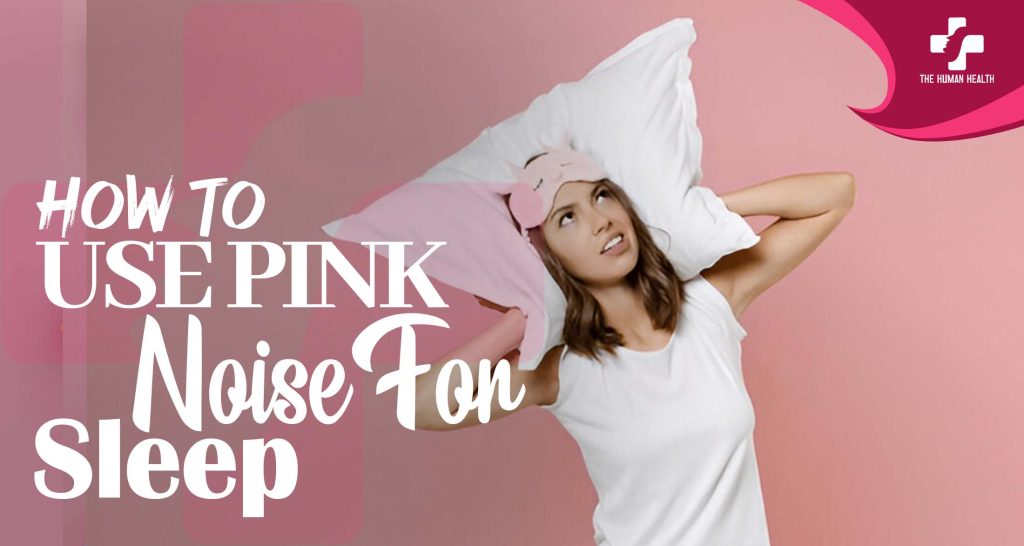
🧘♀️ Best Free Pink Noise for Sleep
You don’t have to pay for pink noise. There are great free ways to try it.
- YouTube: Look up “Soft Pink Noise – 10 Hours.” It’s smooth and calm. No loud ads.
- Smart Speakers: Say “Play pink noise” to Alexa or Google Home. That’s it.
- Apps: Try “myNoise” or “BetterSleep.” You can pick the sound and set a timer.
- Fan Apps: Like the sound of a fan? These apps use pink noise to match it.
Still not sure what it sounds like? Picture soft waves or a warm breeze. That’s what pink noise for sleep feels like.
The best pink noise for sleeping is the one that makes you feel calm. Try a few and see what you like. It might help you fall asleep faster—and stay asleep longer.
Pink, White, or Brown Noise: Which One Should You Choose?
Not sure which noise to pick? I’ve been there too. It can be hard to know where to start. Each sound has its own feel. But don’t worry—I’ll help you find your match.
Let’s make it fun. Think of this as a mini quiz:
🛏️ Are you a light sleeper?
Start with pink noise.
It’s calm, soft, and feels like rain or waves. It helps block sounds without being too sharp. It’s a top choice if you want peace at night.
🌀 Need to block out loud sounds?
Try white noise.
It’s bold and steady, like a fan or static. Some people love it. Others say it’s too harsh. Give it a go and see what you think.
🌩️ Want deep, heavy sound?
Go for brown noise.
It’s low and warm—like thunder or a train in the distance. Great for deep sleep or quiet minds. I use this when I want to feel grounded.
Here’s a quick chart to compare:
| Noise Type | Sounds Like | Great For |
| White Noise | Fan or static | Loud rooms, deep focus |
| Pink Noise | Rain or soft waves | Light sleepers, calm nights |
| Brown Noise | Thunder or deep hum | Deep rest, cozy feel |
Still not sure? Try each one for a few nights. I started with pink noise and loved it right away. It felt smooth and easy. Like nature, but in the background. I slept better, and I didn’t even notice it after a while.
Here’s the best part—you don’t have to pick just one. You can switch it up! That’s the fun of color noise for sleep. You get to find what works for you.
So go ahead—test them out. Pink, white, or brown. See which one helps you relax most.
That’s how you learn how to use pink noise for sleep—by trying, listening, and tuning in to what your body likes best.
Sweet dreams, friend.
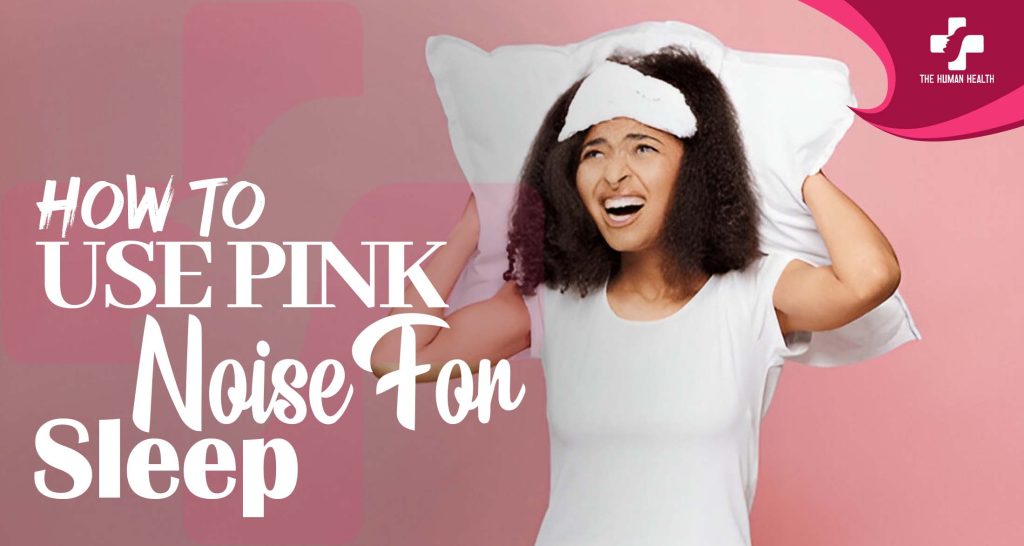
Final Thoughts: Finding What Works for You
So, is pink noise the secret to better sleep? For many people, yes—it really helps.
It’s soft, safe, and super easy to try. No big setup. No rules. Just press play and relax.
I didn’t expect much at first. But after a few nights, I noticed something. I was falling asleep faster. And staying asleep longer. Pink noise for sleeping had become part of my nightly routine—and I didn’t even realize it.
The best part? There’s no one “right” way. Try pink noise. Try white or brown noise too. See which one feels best. Everyone’s different. What works for me might not work for you. And that’s okay.
Want a tip? Stick with one sound for a few nights before switching. That gives your brain time to adjust.
So here’s your challenge:
Tonight, try pink noise. Just for 10 minutes. See how it makes you feel.
You might be surprised by how much it helps. Sweet dreams—and happy sleeping!
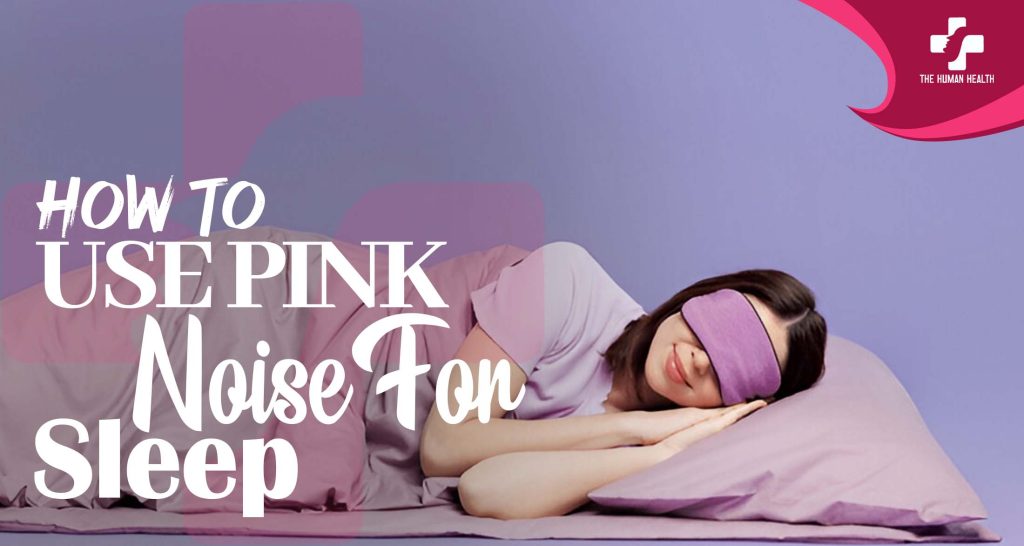
FAQs About Pink Noise and Sleep
Is pink noise safe for babies?
Yes, it’s safe for most babies!
Pink noise is soft and gentle. It sounds like a calm breeze or a quiet ocean. That’s why many parents use it to help their baby sleep.
When my niece was a newborn, my sister used pink noise every night. It worked like magic. The sound helped block out little noises—like creaky floors or barking dogs—and helped her stay asleep.
Just keep the volume low. Think “quiet background,” not “loud fan.” And if you’re not sure, ask your pediatrician. Better safe than sorry!
Can I listen to pink noise with headphones?
Totally!
I use headphones when I travel. Planes, hotels, loud neighbors—headphones and pink noise save the day.
It works great if you share a room or don’t want to wake someone. Just make sure the volume isn’t too high. You want to fall asleep, not get a headache!
Bonus: Some headphones are made just for sleep. They’re soft, flat, and won’t hurt your ears if you roll over. Worth a look if you’re using pink noise for sleeping every night.
Does pink noise work for anxiety too?
It can help—at least it helps me.
When I feel stressed, pink noise calms my brain. It’s like nature’s background hum. It doesn’t distract me. It just helps me breathe deeper and let go.
Lots of people say the same. That soft sound—waves, rain, wind—makes the brain feel safe. It gives your mind something gentle to focus on. So yes, pink noise might help with anxiety too.
It’s not a cure, of course. But it can be one small tool in your sleep and self-care kit.
Want to learn more about how to use pink noise for sleep?
Scroll back up to the step-by-step guide—or even better, give it a try tonight. The best noise to sleep to might just be pink!

Authorize Advisor
Gretchen E. Ames, Ph.D.
Psychologist
Dr. Ames is board certified in Clinical Health Psychology and a licensed psychologist in the state of Florida. She holds the academic rank of Assistant Professor of Psychology in the Mayo Clinic College of Medicine and is an Adjunct Professor at the University of North Florida in Jacksonville, Florida where she teaches undergraduate Health Psychology. Dr. Ames joined the staff at Mayo Clinic in Florida in 2007
as the psychologist for the bariatric surgery program. Her clinical duties include performing psychological evaluations for patients who are seeking surgical options for treatment of obesity. She also teaches pre-surgery education classes and provides individual treatment for co-morbid conditions like depression and problematic eating
behaviors. Dr. Ames facilities post-surgery support groups and conducts clinical research. She has received several Mayo Clinic intramural grants and published numerous peer-reviewed journal articles.
She has presented her research and has been an invited speaker for national and international meetings of The Obesity Society, American Society for Metabolic and Bariatric Surgery, and Society for
Behavioral Medicine. She has also served on committees in national organizations and serves as an ad hoc reviewer for multiple peer-reviewed journals in the field of obesity and bariatric surgery as well as a practice sample reviewer for American Board of Professional Psychology.
Location
Jacksonville, Florida
Phone : 703-462-1777
How to Use Pink Noise for Sleep How to Use Pink Noise for Sleep How to Use Pink Noise for Sleep How to Use Pink Noise for Sleep How to Use Pink Noise for Sleep How to Use Pink Noise for Sleep How to Use Pink Noise for Sleep How to Use Pink Noise for Sleep How to Use Pink Noise for Sleep How to Use Pink Noise for Sleep How to Use Pink Noise for Sleep How to Use Pink Noise for Sleep
How to Use Pink Noise for Sleep How to Use Pink Noise for Sleep How to Use Pink Noise for Sleep How to Use Pink Noise for Sleep How to Use Pink Noise for Sleep How to Use Pink Noise for Sleep How to Use Pink Noise for Sleep How to Use Pink Noise for Sleep How to Use Pink Noise for Sleep How to Use Pink Noise for Sleep How to Use Pink Noise for Sleep How to Use Pink Noise for Sleep How to Use Pink Noise for Sleep How to Use Pink Noise for Sleep
